— wp:list-item –>
Below you'll see everything we could locate for your search of “Luke 3-6”

— wp:list-item –>
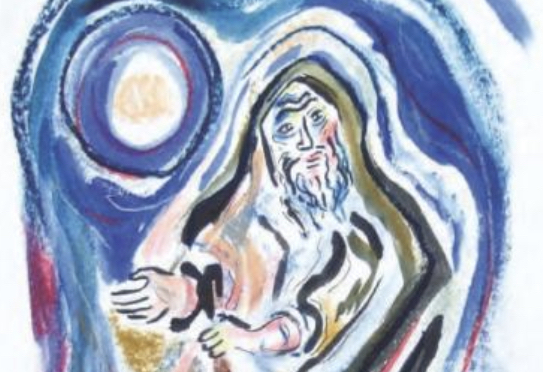
Some time ago, I happened upon an amazing story about the miracle-worker Hanina ben Dosa that is almost unknown and sheds new light on the Jewish background of the Christian gospels. In the last 50 years or so, Gospel scholars, particularly Jewish scholars, have increasingly seen the importance of Jesus’ Jewish origins and his Galilean roots. Further, they have come to understand that Jesus was part of a Galilean branch of Judaism that was more rural and relaxed, and distinctively hasidic (pietistic).See Safrai, “Jesus and the Hasidim.”

In Luke 5 there is a picturesque account of Jesus teaching from a boat. … According to Luke 5:28, when Levi was challenged by Jesus to follow him, he immediately “left everything” to respond.
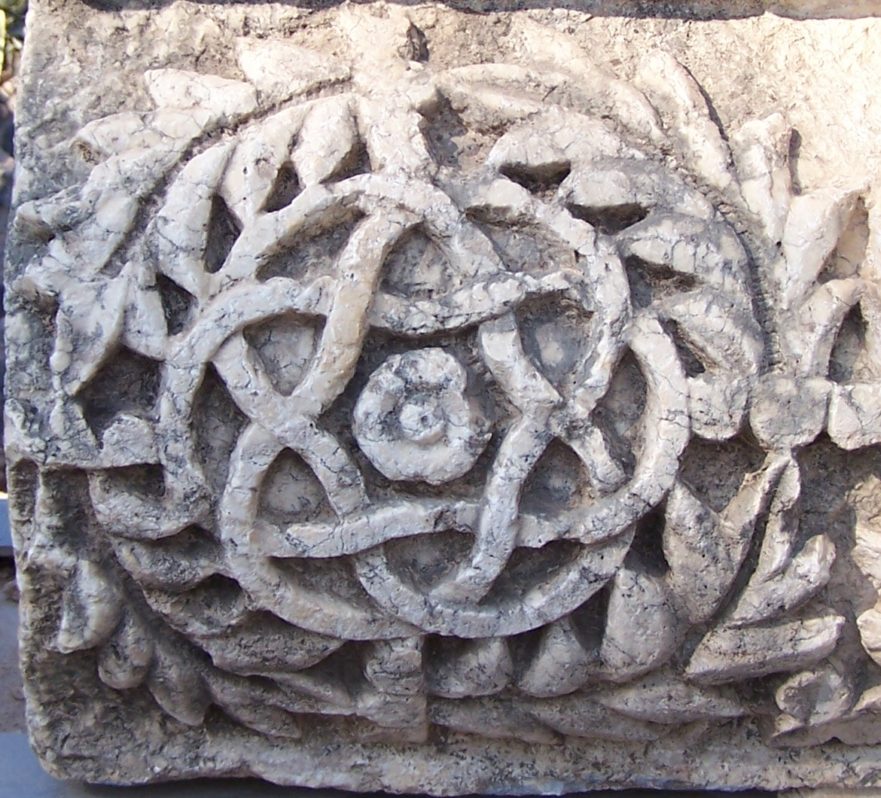
For the synoptic development of the Capernaum Synagogue narrative (Luke 4:31-37; Mark 1:21-28; cf. … (Luke 4:36)
Luke 4:32 is a kind of doublet to Luke 4:22. … Only in this way can we explain why he used the Greek word logos, which properly means “thing” in Luke 4:36, in the sense of “word” in Luke 4:32. But is “he was teaching them” in Luke 4:31 (cf.
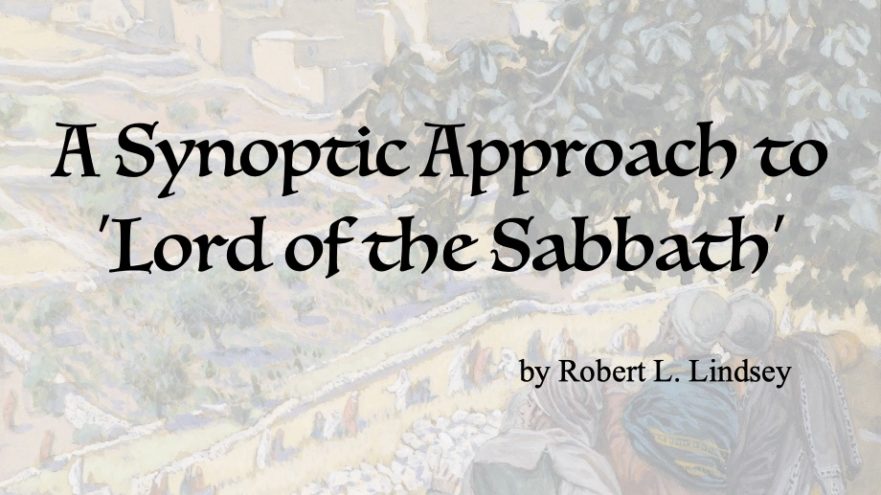
Lindsey on October 14, 1990, Lindsey discusses how his solution to the Synoptic Problem can lead to a better understanding of the Gospel account of the disciples picking grain on the Sabbath (Matt. 12:1-8; Mark 2:23-28; Luke 6:1-5)…. Read: Luke 6:1-5]: parallel stories about Jesus going through the wheat fields and his disciples, picking up or rubbing, grains of the wheat on the Sabbath and then eating them.
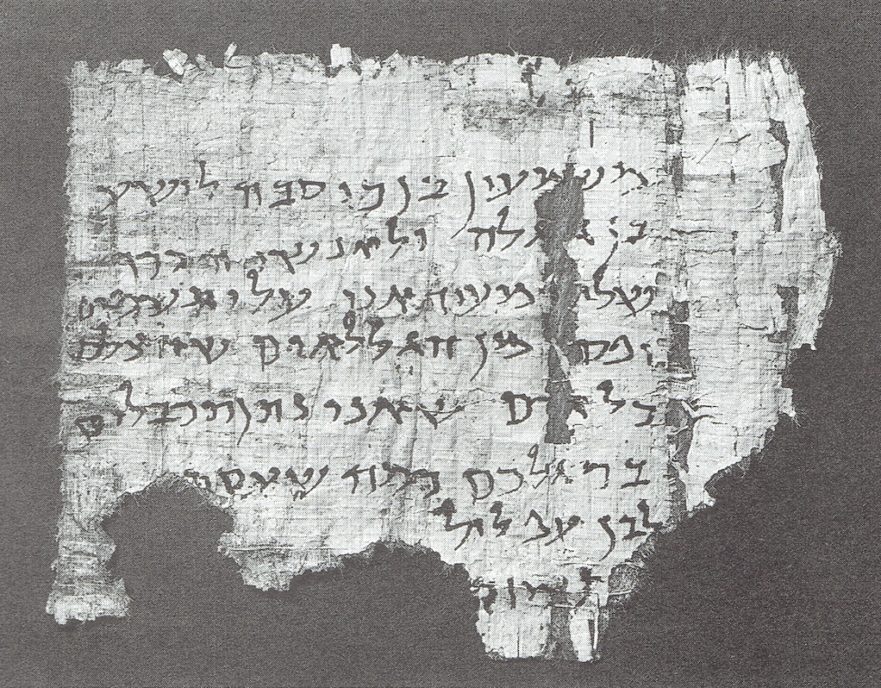
How to cite this article: Shmuel Safrai, “Spoken Languages in the Time of Jesus,” Jerusalem Perspective 30 (1991): 3-8, 13 .

מְתֻרְגְּמָן (me⋅tur⋅ge⋅MĀN) is Hebrew for “translator.” The articles in this series illustrate how a knowledge of the Gospels’ Semitic background can provide a deeper understanding of Jesus’ words and influence the translation process.

After Jesus spoke in the synagogue at Nazareth, his fellow-townsmen were “amazed at the words of grace that proceeded out of his mouth” (Luke 4:22).

Luke 6:36 is a parallel to Matthew 5:48: “You must be perfect, as your heavenly Father is perfect.” … In other words, “Return love to those who hate you” or: “Do good to those who hate you” (Luke 6:27)….
The word appears six times in Mark (Mark 3:5, 34; 5:32; 9:8; 10:23; 11:11), but only once in the rest of the New Testament (Luke 6:10, parallel to Mark 3:5).
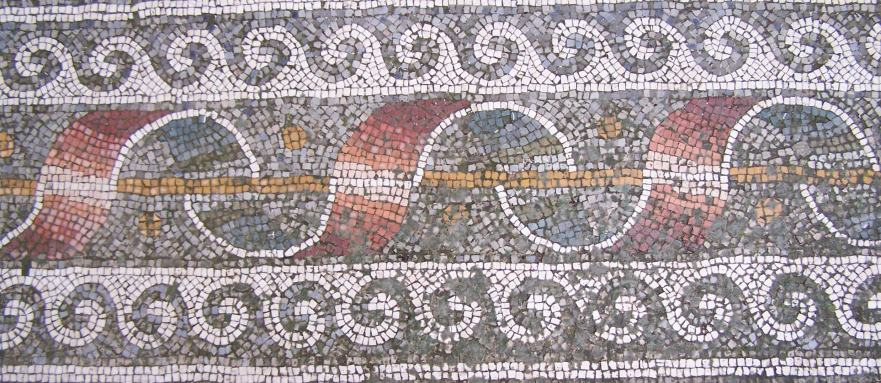
His statement, instead, is a clear and unmistakable crystallization of the popular Jewish notion that we have already mentioned, “Be merciful as your father in heaven is merciful” (Luke 6:36), or “With the judgment you pronounce you will be judged” (Matt. 7:2).
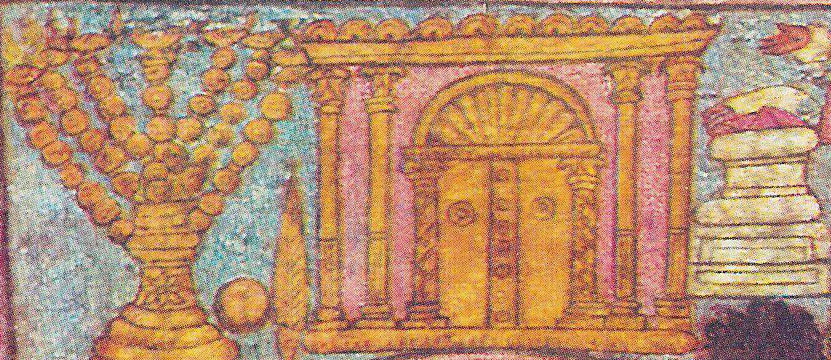
— wp:paragraph {“dropCap”:true} –>
In “Something Greater Than the Temple” we investigated the incident of the plucking of the grain on the Sabbath (Matt. 12:1-8; Mark 2:23-28; Luke 6:15).

Just like Peter (Luke 5:11) and Levi (Luke 5:28), this man received an invitation to follow.

(Luke 5:33-39. … Therefore let us take another look at the observation made about Jesus’ disciples, and also his response as it is recorded in Luke 5:33-39, to see whether we can make any more sense of it. … Instead, arguing for the unity of Luke 5:33-39, we shall attempt to prove that Jesus’ reply was pertinent to the issue raised, and dealt with it in such a way as to reveal Jesus’ skill and subtlety as a teacher. … In which case, we might conclude that Luke condensed the episodes by including the disciples of John in the dinner guest’s observation (Luke 5:33) while Matthew condensed the episodes by having John’s disciples show up at the banquet, or at least immediately after the banquet narrative.

How to cite this article: Huub van de Sandt, “The Didache and its Relevance for Understanding the Gospel of Matthew,” Jerusalem Perspective (2016) .
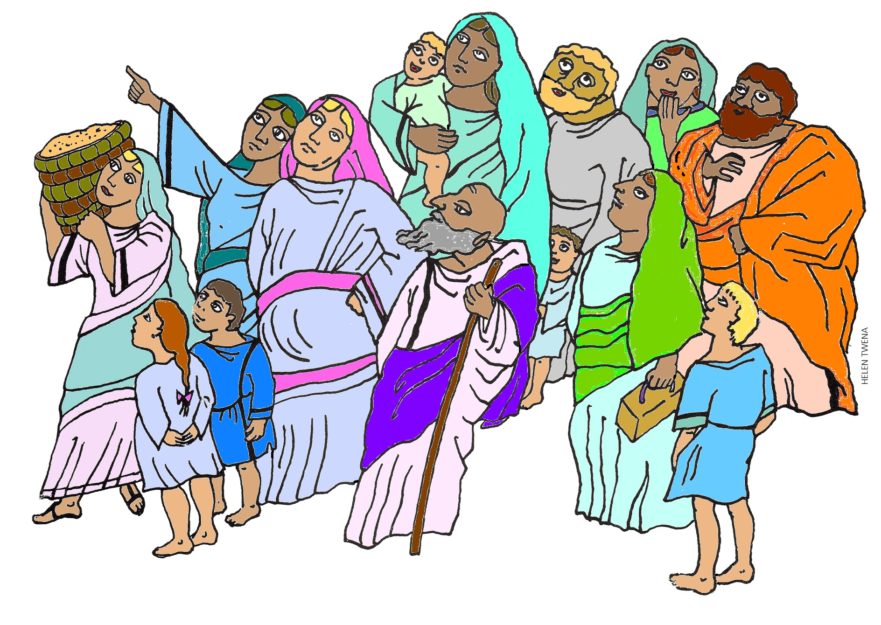
For example, the word order in the sentence in the parallel account in Mark 1:42 and Luke 5:13 has been inverted.